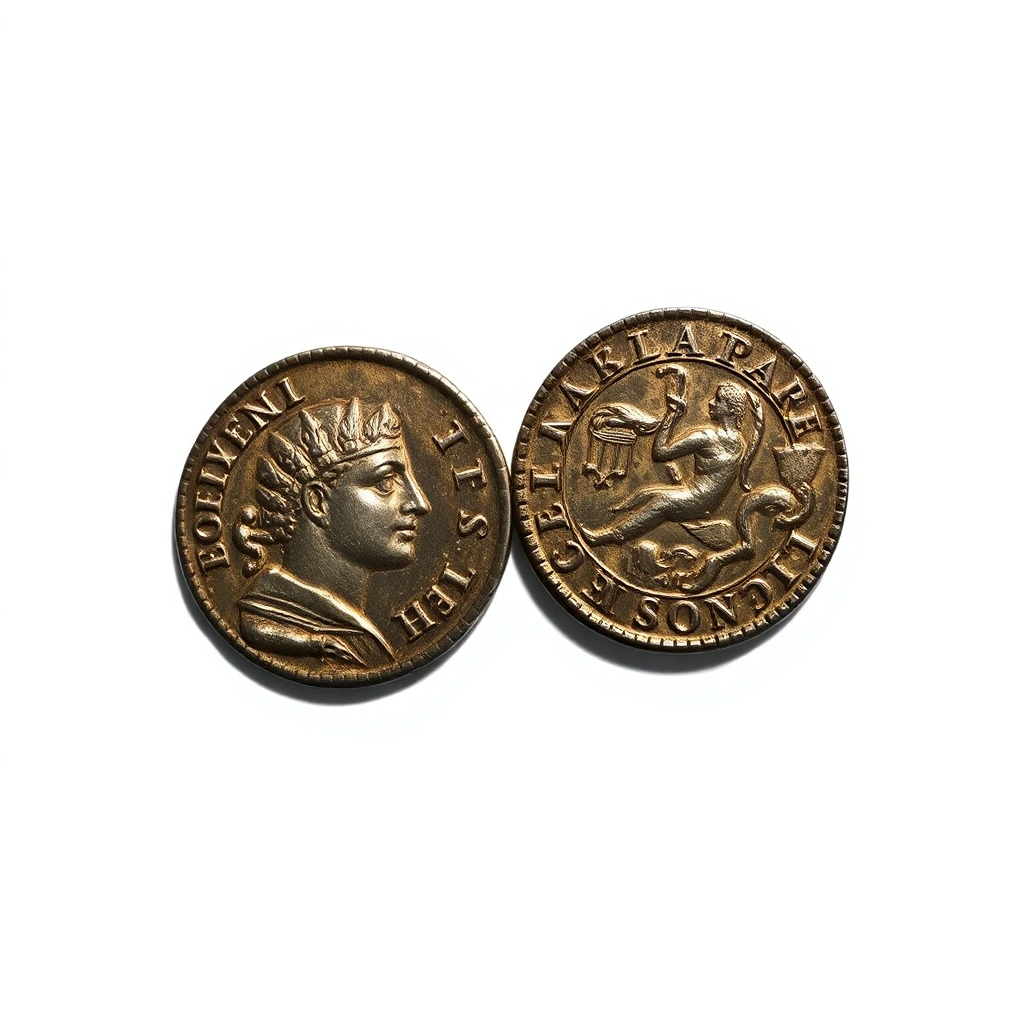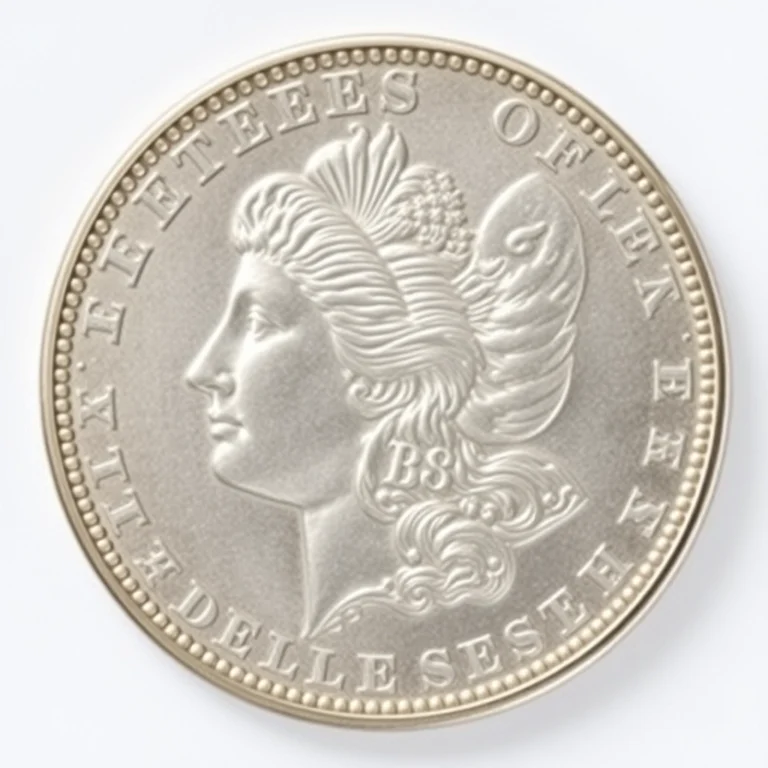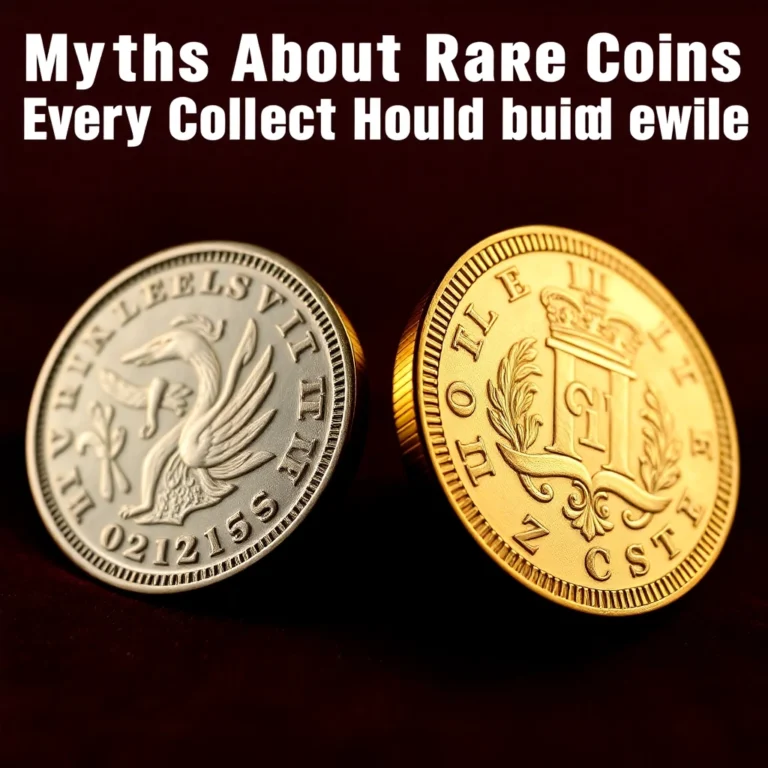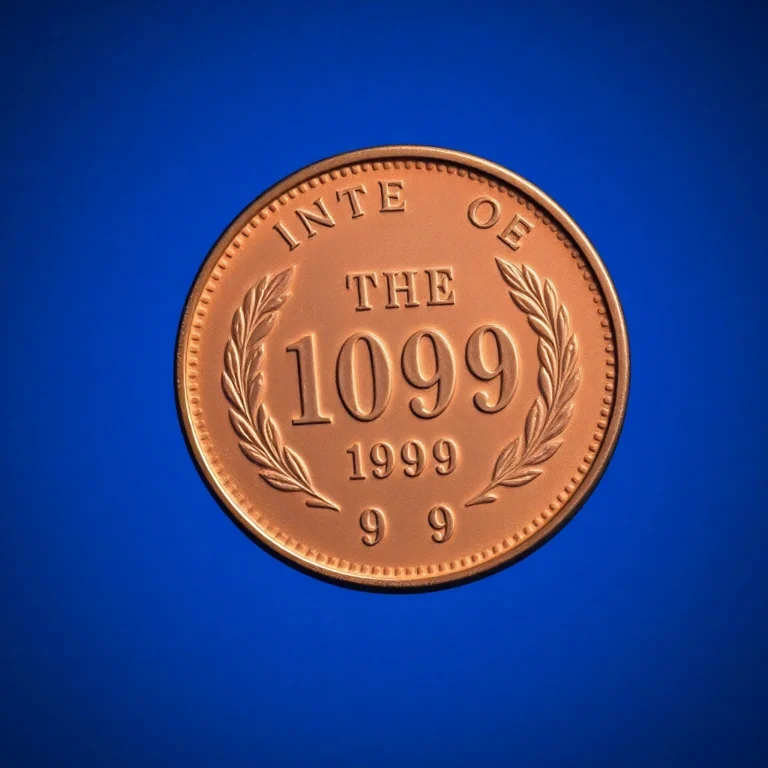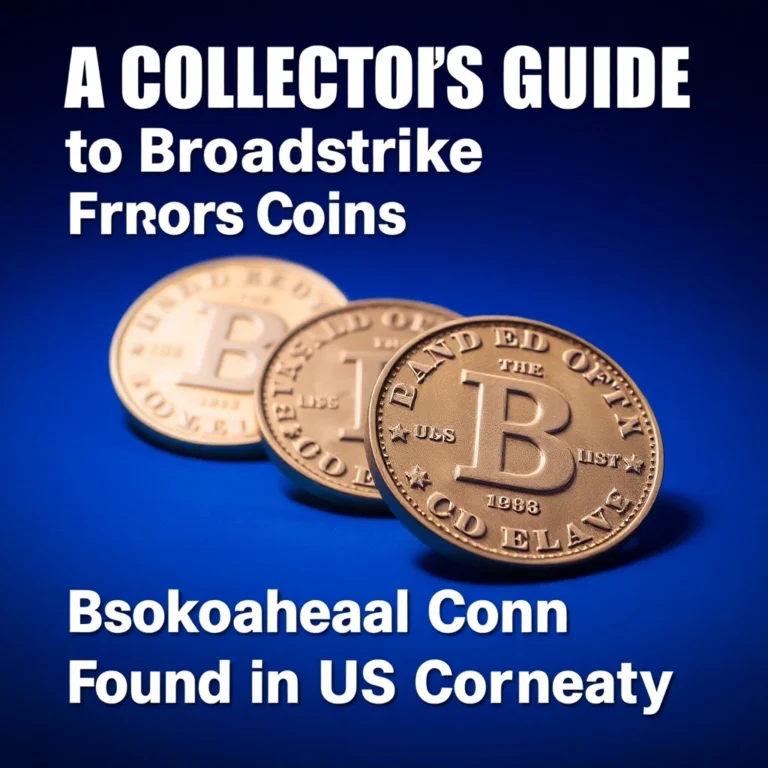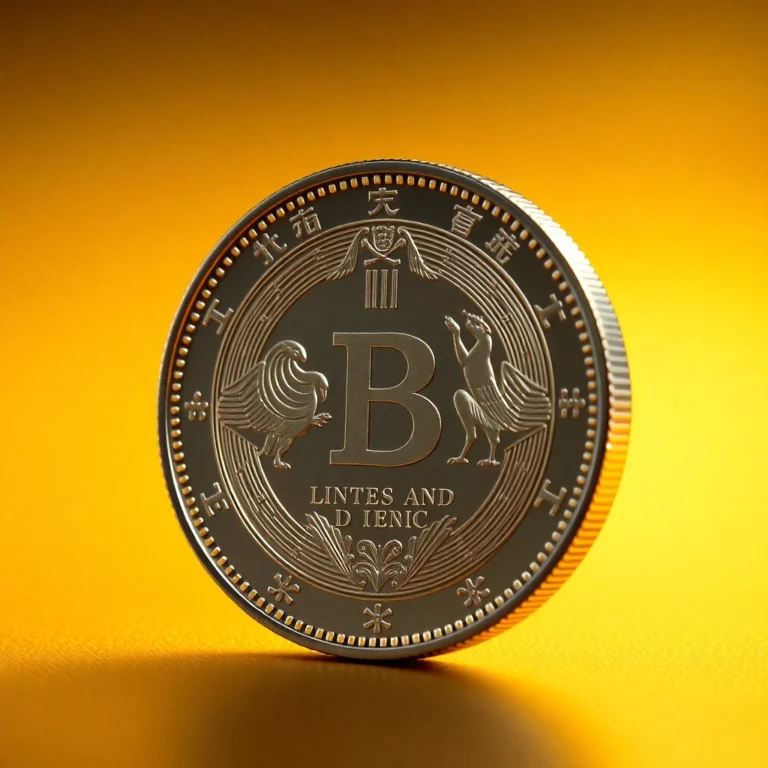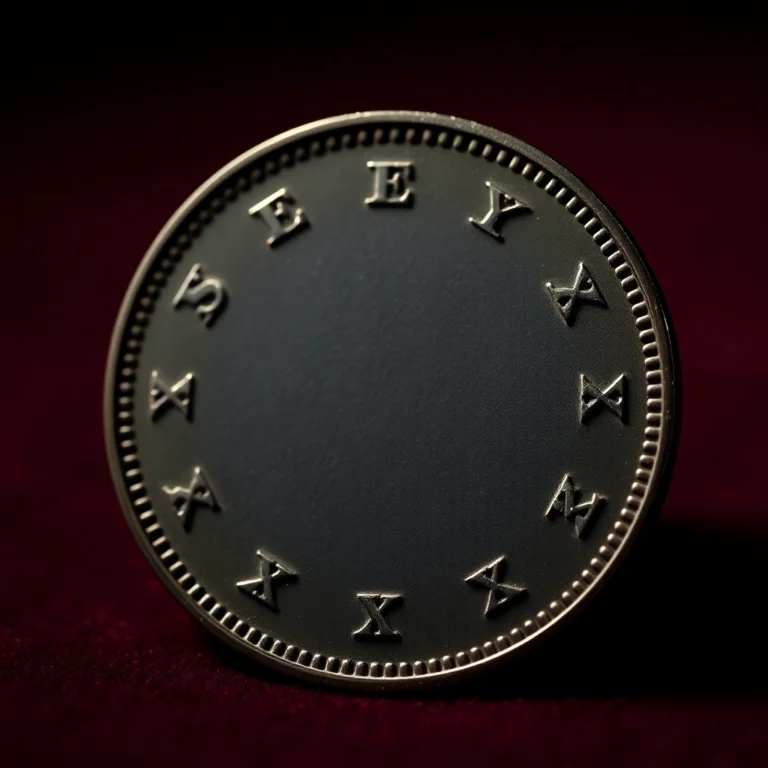Imagine holding a piece of history in your hands, a small yet monumental artifact that once traveled the bustling streets of Ancient Rome. For coin collectors, ancient Roman coins offer a tangible connection to a distant past, each piece telling a story of emperors, conquests, and an empire that shaped the world. These coins aren’t just relics; they are snapshots of history that have fascinated collectors for centuries.
In this article, we will unveil the top 7 ancient Roman coins worth adding to any serious collection. From the illustrious denarius to the mysterious aureus, each coin brings with it a unique allure and historical significance. You’ll discover the rich tales behind these ancient artifacts and understand why they hold such value in the numismatic world.
Prepare to be captivated by coins that are not only rare but also potent symbols of a bygone era. Whether you’re a seasoned collector or a curious newcomer, these seven treasures promise to enrich your collection and deepen your appreciation for the art of coin collecting.
1. 44 BC Julius Caesar Denarius
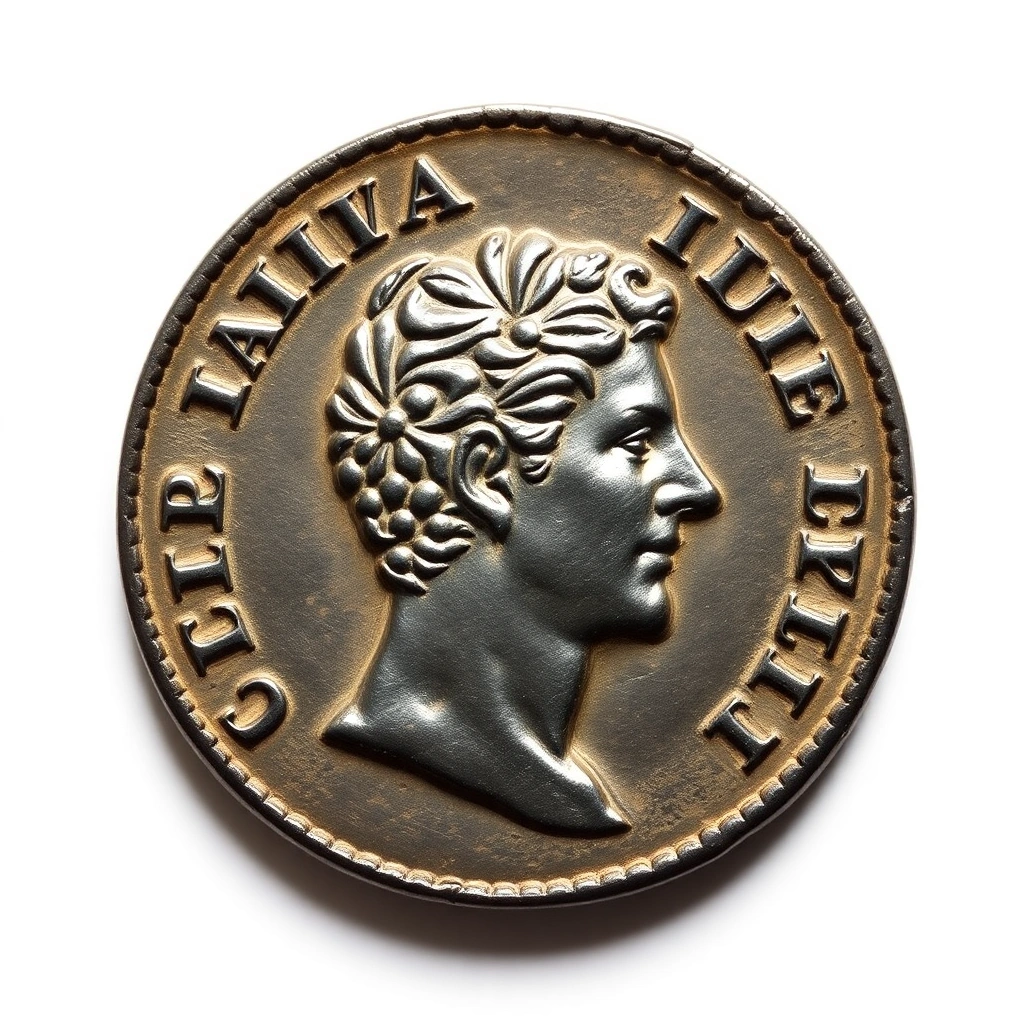
The 44 BC Julius Caesar Denarius is an iconic piece of numismatic history, representing the first time a Roman coin featured the portrait of a living individual. 🪙 This revolutionary design marks Caesar’s assertion of power and a pivotal moment leading up to the fall of the Roman Republic. The coin was minted shortly before his assassination, making it a poignant relic of one of history’s most famous leaders.
Key identifying features of this denarius include Caesar’s profile on the obverse side, accompanied by the inscription “CAESAR DICT PERPETVO,” signifying his perpetual dictatorship. This is juxtaposed with symbols of power like the laurel wreath. The reverse often displays religious symbols, such as the Venus figure, reflecting Caesar’s claimed divine ancestry.
These coins are typically found in Fine (F) to Extremely Fine (XF) grades, with values ranging from $2,000 to over $50,000, depending on condition and provenance. 💰 A few notable varieties exist, including differing reverse designs and minting errors like off-center strikes, which can enhance their desirability among collectors.
When collecting the Julius Caesar Denarius, examine the coin’s patina and strike quality. Authenticity is paramount, as the market is flooded with forgeries. Ensure purchases are verified by reputable dealers or numismatic professionals.
2. 42 BC Brutus ‘Eid Mar’ Denarius
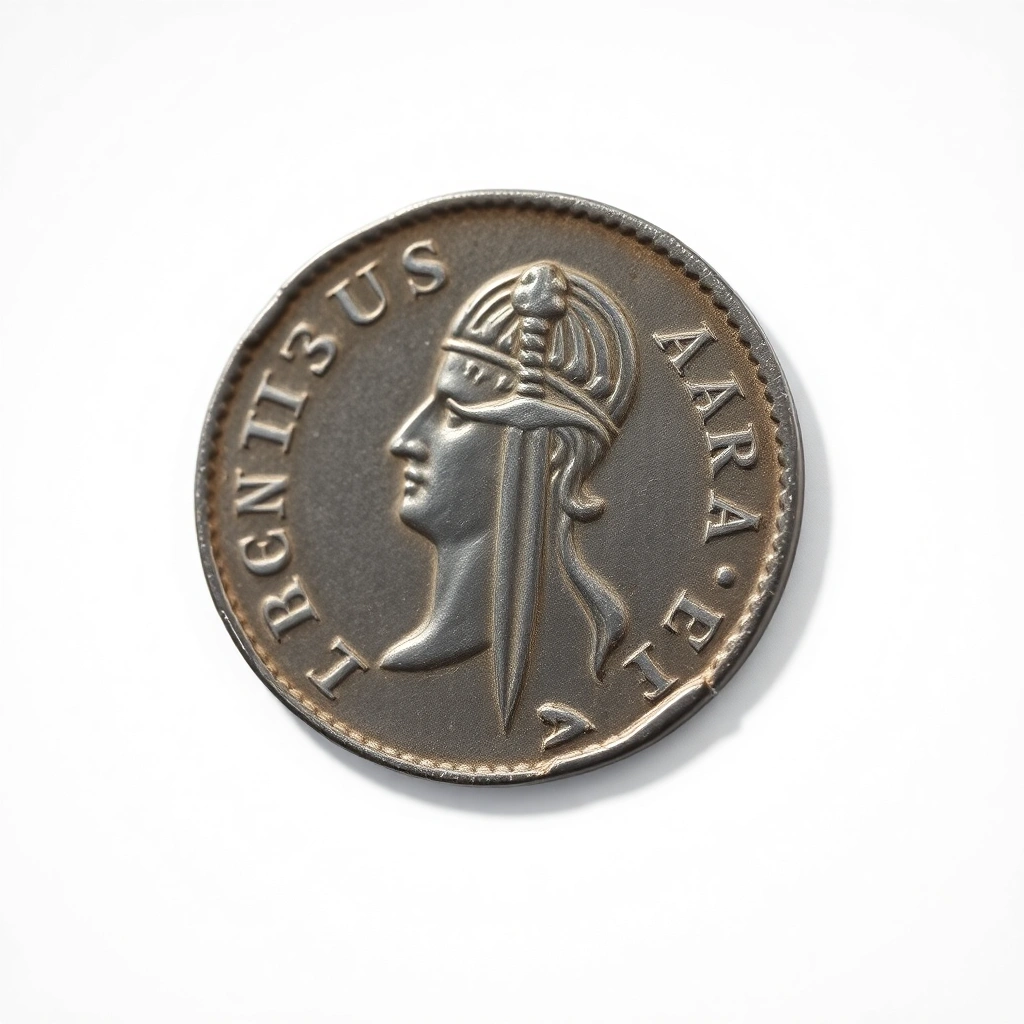
The 42 BC Brutus ‘Eid Mar’ Denarius is one of the most historically significant coins from ancient Rome, commemorating the assassination of Julius Caesar. Minted by Marcus Junius Brutus, one of Caesar’s assassins, this coin symbolizes Brutus’ role in the conspiracy and the subsequent liberation of the Roman Republic. The ‘Eid Mar’ inscription stands for ‘Eidibus Martiis’ (Ides of March), marking the infamous date of Caesar’s death. 🗡️
Key identifying features of the ‘Eid Mar’ Denarius include:
- Obverse: A portrait of Brutus, highlighting his status as a liberator of Rome.
- Reverse: Two daggers flanking a liberty cap, with the inscription ‘EID MAR’ beneath. 🪙
Typically, ‘Eid Mar’ Denarii are found in grades ranging from Fine to Extremely Fine. Prices can vary significantly, with well-preserved examples fetching over $500,000 at auction. 💰
While no major varieties or minting errors are associated with this coin, collectors should be cautious of modern forgeries due to its high value and historical importance.
3. 27 BC Augustus Aureus
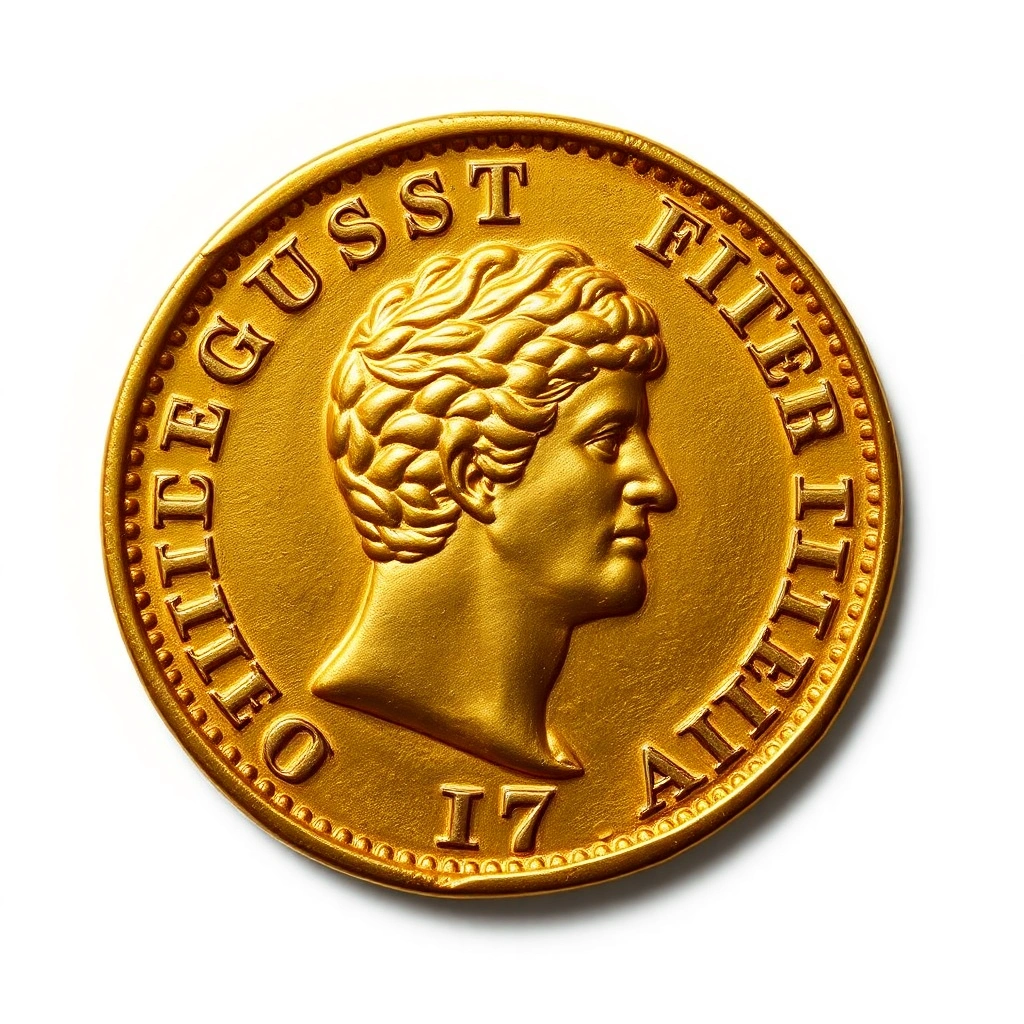
The 27 BC Augustus Aureus is a cornerstone of ancient Roman coin collecting, reflecting the dawn of the Roman Empire under Augustus, Rome’s first emperor. Minted in the golden aureus denomination, these coins symbolize the transition from the Roman Republic to the Roman Empire, making them historically significant. Augustus used these coins to propagate his image and political achievements, which were crucial for consolidating his power.
Key identifying features of the Augustus Aureus include a portrait of Augustus on the obverse, often with laurel wreaths or other imperial insignias. The reverse typically features motifs that celebrate Augustus’ victories or divine favor, such as representations of deities or symbolic animals. These coins are usually around 7-8 grams in weight and made from high-purity gold (about 95-99%).
Most Augustus Aurei found today are graded from Fine (F) to Extremely Fine (XF), with values ranging widely based on condition and rarity. Prices can start at a few thousand dollars and escalate significantly for well-preserved specimens or those with historical provenance. Collectors should be aware of common varieties, such as different reverse designs, and be on the lookout for any known minting errors, which can increase the coin’s value.
When collecting Augustus Aurei, authenticity is paramount. Given the high value of these coins, they are frequently counterfeited. Therefore, acquiring them from reputable dealers or auctions with verified provenance is essential.
4. 117 AD Hadrian Sestertius
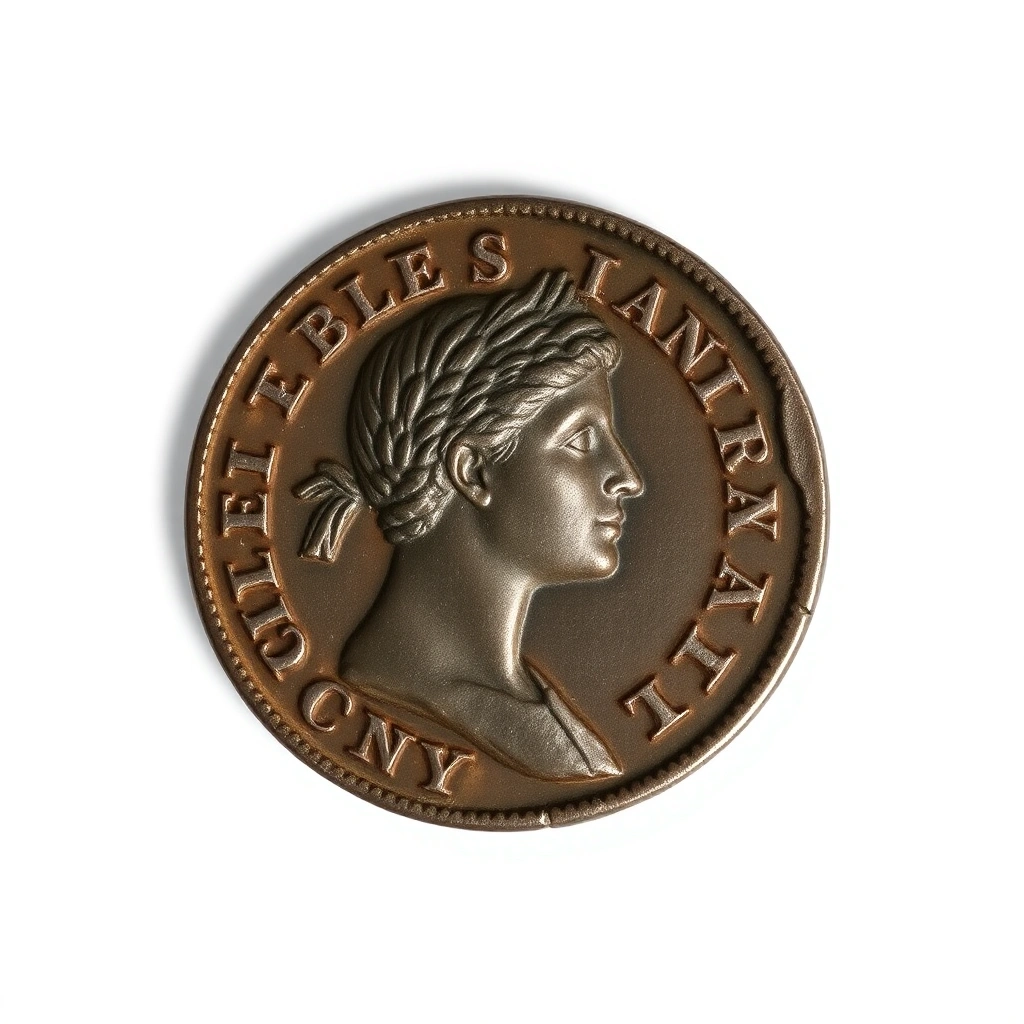
The 117 AD Hadrian Sestertius is a remarkable coin that marks the beginning of Emperor Hadrian’s reign. Known for his extensive travels and consolidation of the Roman Empire’s boundaries, Hadrian’s coins are celebrated for their detailed artistry and historical significance. This particular sestertius is a testament to Roman numismatic artistry and a valuable piece for any collection.
Key identifying features of the Hadrian Sestertius include the finely detailed bust of Hadrian on the obverse, wearing a laurel wreath. The reverse often depicts various deities or personifications, such as Pax, the goddess of peace, signifying Hadrian’s efforts in stabilizing the empire. The coin is usually minted in orichalcum, a brass-like alloy, giving it a distinct golden hue. 🪙
The typical grade range for these coins spans from VF (Very Fine) to XF (Extremely Fine), with values varying significantly based on condition and rarity. Prices can range from $500 for a well-worn example to several thousand dollars for a high-grade specimen. 💰
Collectors should be aware of common varieties, such as different reverse designs and mint marks. While errors are less prevalent, some coins feature interesting die clashes or off-centered strikes, which can enhance their desirability.
5. 193 AD Pertinax Denarius
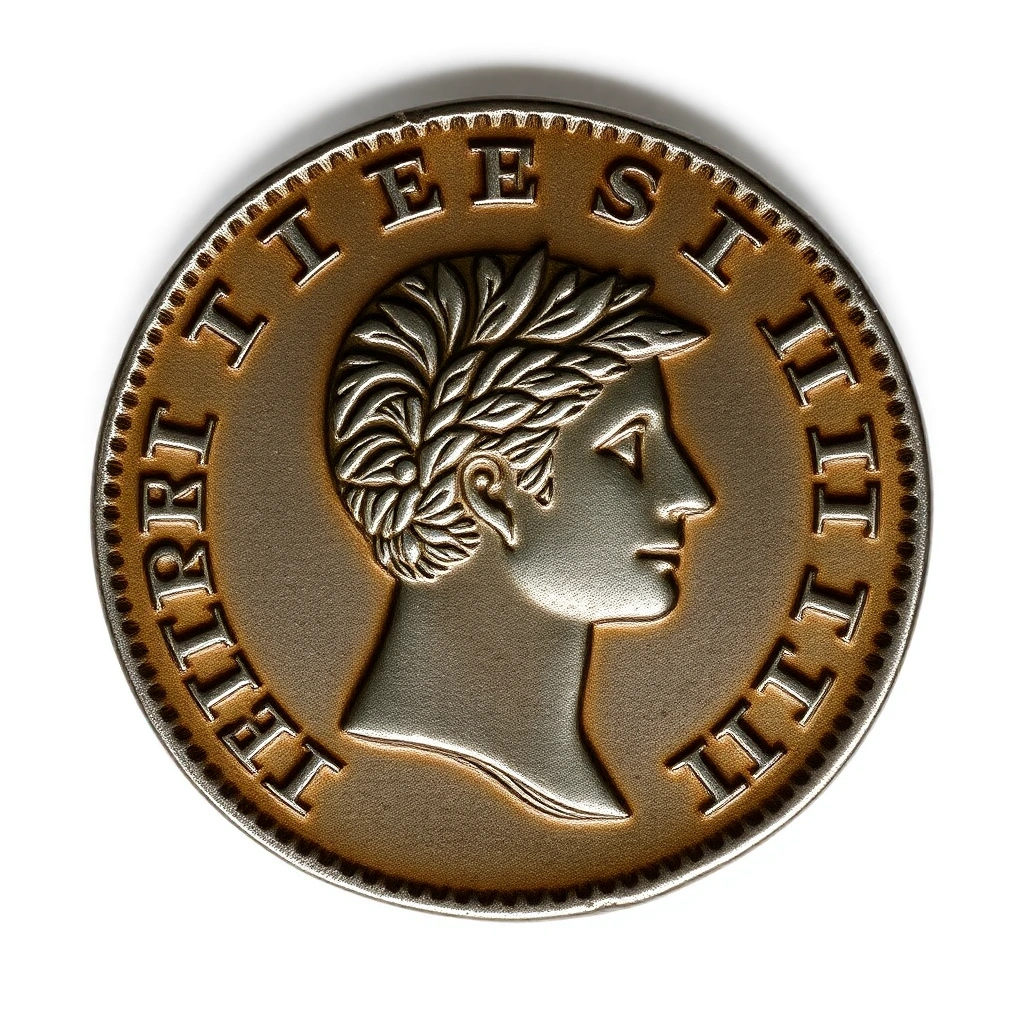
The 193 AD Pertinax Denarius is a fascinating coin from a turbulent period in Roman history, marking the brief reign of Emperor Pertinax. Pertinax, a former senator and military leader, became emperor following the assassination of Commodus. His tenure was short-lived, lasting only 87 days, making coins from his reign, including the denarius, highly sought after by collectors.
Key identifying features of the Pertinax Denarius include the obverse, which typically displays the bust of Pertinax facing right, adorned with a laurel wreath, and the inscription “IMP CAES P HELV PERTIN AVG.” The reverse often features various Roman deities or allegorical figures, accompanied by inscriptions such as “P M TR P COS II,” denoting Pertinax’s titles.
In terms of grading, Pertinax Denarii are often found in grades ranging from Fine (F) to Extremely Fine (XF), with values reflecting their condition. Prices can range from a few hundred dollars for lower-grade coins to several thousand for well-preserved examples. 🪙
Collectors should be aware of common varieties, which include differences in portrait styles and reverse types. While errors are not particularly prevalent, variations do exist, adding to the coin’s intrigue and collectible value.
6. 211 AD Caracalla Aureus
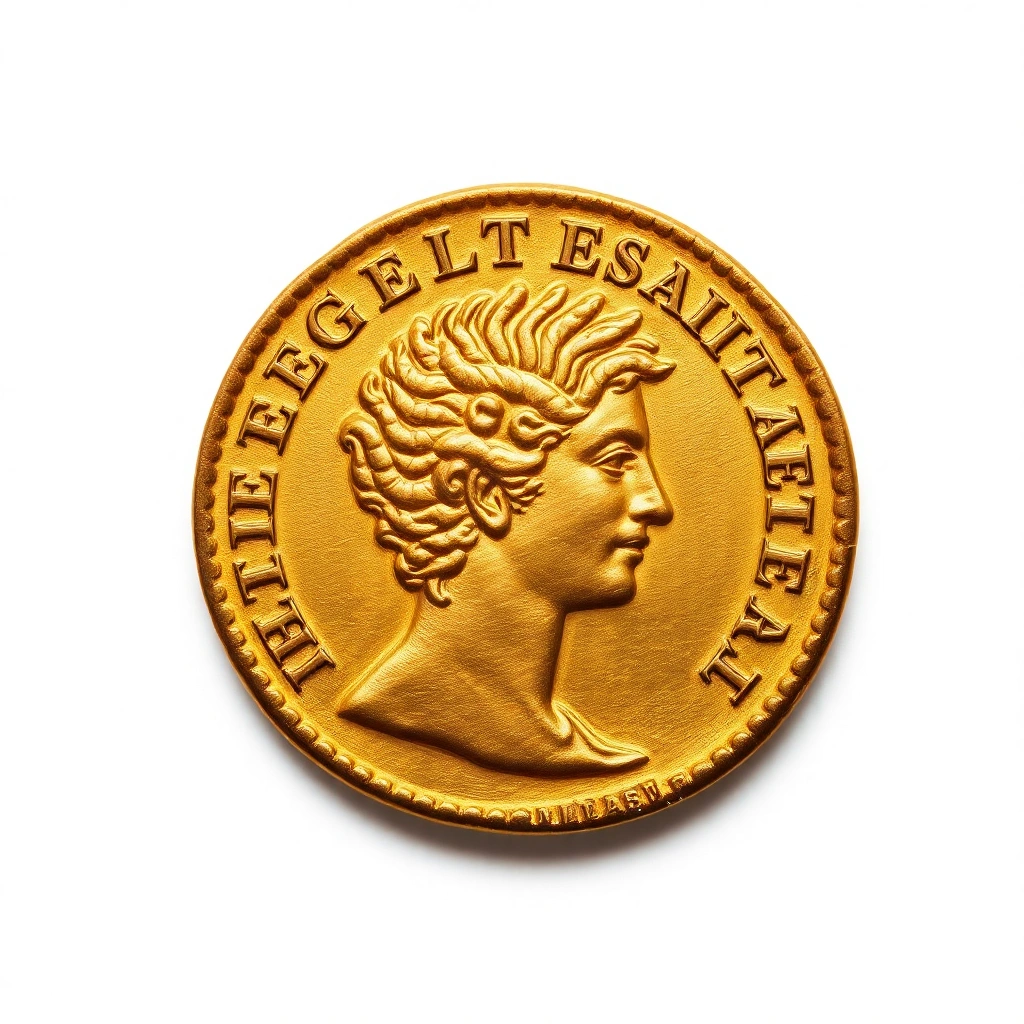
The 211 AD Caracalla Aureus is a significant piece of Roman numismatic history, minted during the reign of Caracalla, a Roman Emperor known for his military campaigns and the infamous Constitutio Antoniniana, which granted Roman citizenship to all free men within the Empire. This aureus not only represents the power and reach of the Roman Empire but also provides insight into the tumultuous era of Caracalla’s rule. 🏺
Key identifying features of the Caracalla Aureus include a portrait of the emperor on the obverse, typically wearing a laurel wreath, with inscriptions that read “ANTONINVS PIVS AVG” to denote his titles. The reverse often features iconic Roman deities or symbols of imperial power, such as Victory or the she-wolf suckling Romulus and Remus. 🪙
In terms of grading, Caracalla Aurei are often found in Fine (F) to Extremely Fine (XF) condition, with values ranging from $2,000 to over $10,000 depending on rarity and demand. While there are no significant varieties or errors commonly associated with this coin, variations in portrait style and reverse imagery can slightly affect collectibility and value.
Ensuring the authenticity and condition of the Caracalla Aureus is vital, as these aspects greatly influence the coin’s investment potential and historical value. As with any ancient coin, acquiring provenance records can significantly enhance your collection. 💰
7. 337 AD Constantine I Solidus
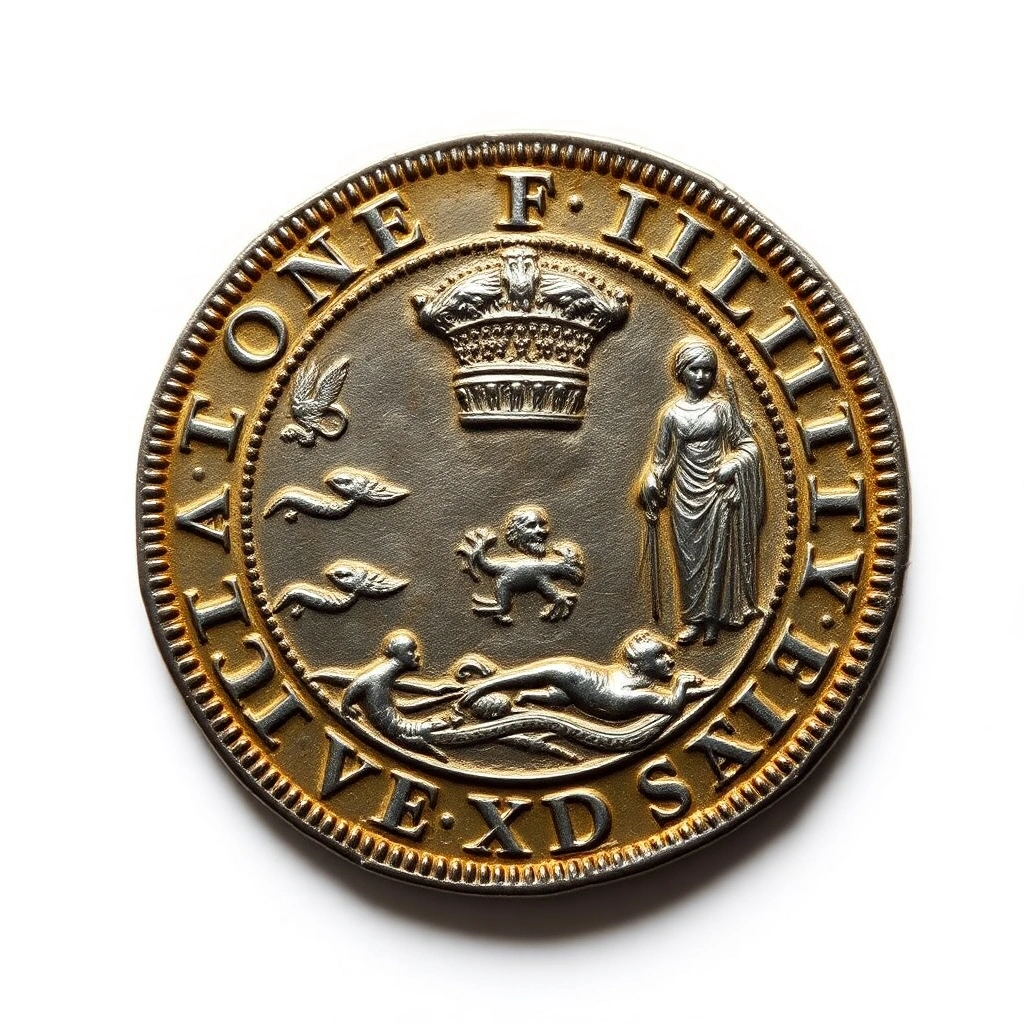
The 337 AD Constantine I Solidus is a prime example of the rich history and artistry of ancient Roman coinage. This gold coin was minted during the reign of Constantine the Great, a pivotal figure who played a crucial role in the establishment of Christianity as the dominant religion of the Roman Empire. The solidus represents not only a high point in Roman numismatics but also a turning point in world history. 🏺
Identifying features of the Constantine I Solidus include the portrait of Constantine on the obverse, typically depicted wearing a laurel wreath or a helmeted bust. The reverse often features a variety of designs, such as Victory standing on a prow or two soldiers holding spears, highlighting the emperor’s military prowess. These coins are usually around 4.5 grams in weight and struck in high-purity gold, which adds to their allure. 🪙
The typical grade range for these coins can vary, but well-preserved examples often receive grades from AU (About Uncirculated) to MS (Mint State). Values can range from $3,000 to over $10,000 depending on the condition and rarity of the mint mark. Collectors should be aware of common varieties, such as different mint marks and subtle design variations, which can significantly impact value.
- Obverse: Portrait of Constantine I
- Reverse: Military or religious motifs
- Material: High-purity gold
- Weight: Approximately 4.5 grams
In exploring the Top 7 Ancient Roman Coins Worth Collecting, we traversed the fascinating world of numismatics, from the iconic Julius Caesar Denarius to the exquisite Aureus of Constantine the Great, each coin a testament to the rich tapestry of Roman history. As a seasoned collector, always prioritize condition and provenance—these are your keys to both authenticity and value. Currently, the market for ancient Roman coins is witnessing a resurgence, driven by a growing appreciation for historical artifacts and their narrative power. As you embark on or continue your collecting journey, remember that each coin is more than metal; it is a tangible connection to the past, a piece of history you can hold in your hands. Let your collection be a gateway to uncovering stories of emperors, battles, and civilizations long gone, yet forever alive through the coins they left behind. Happy collecting!
